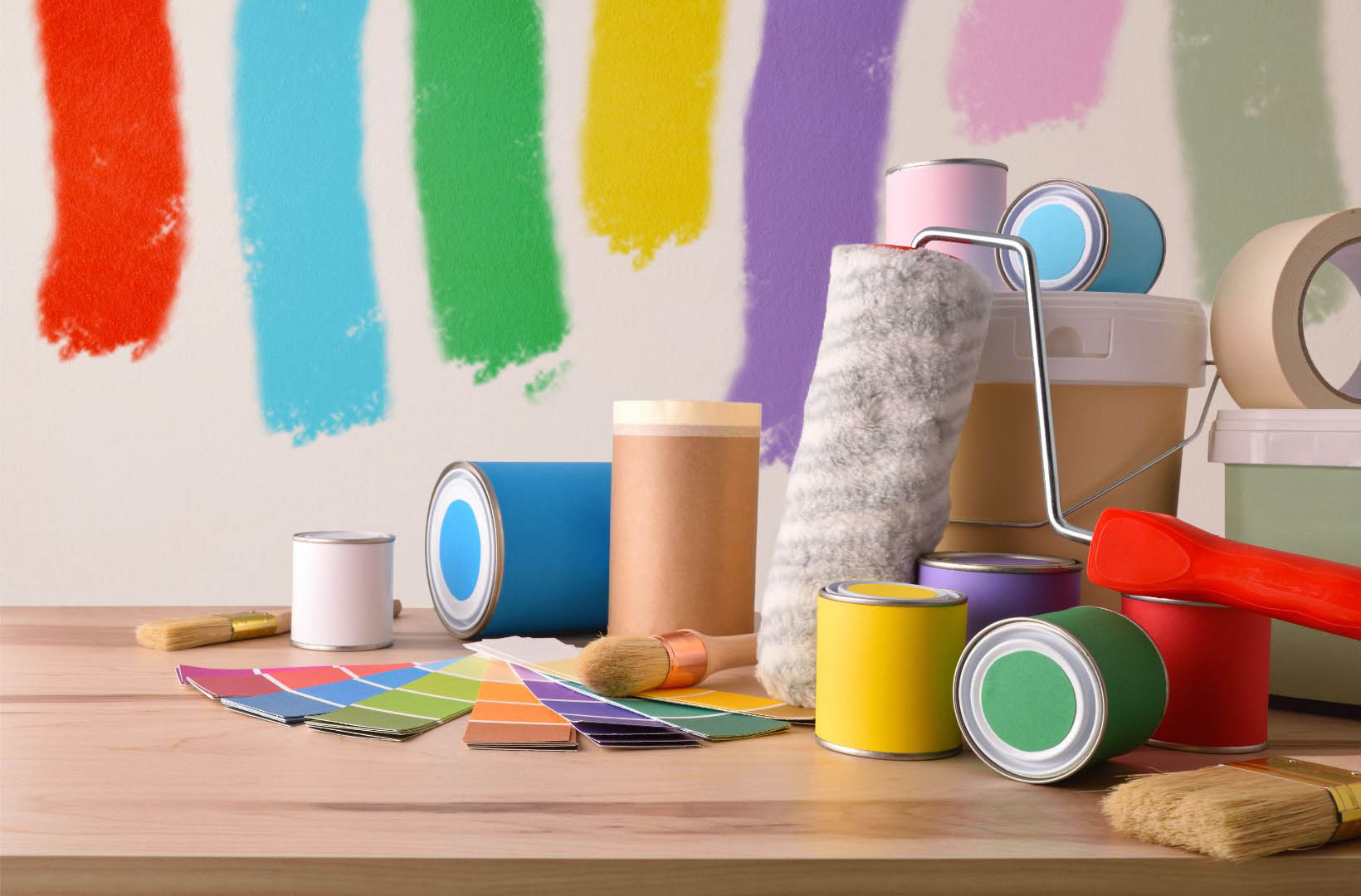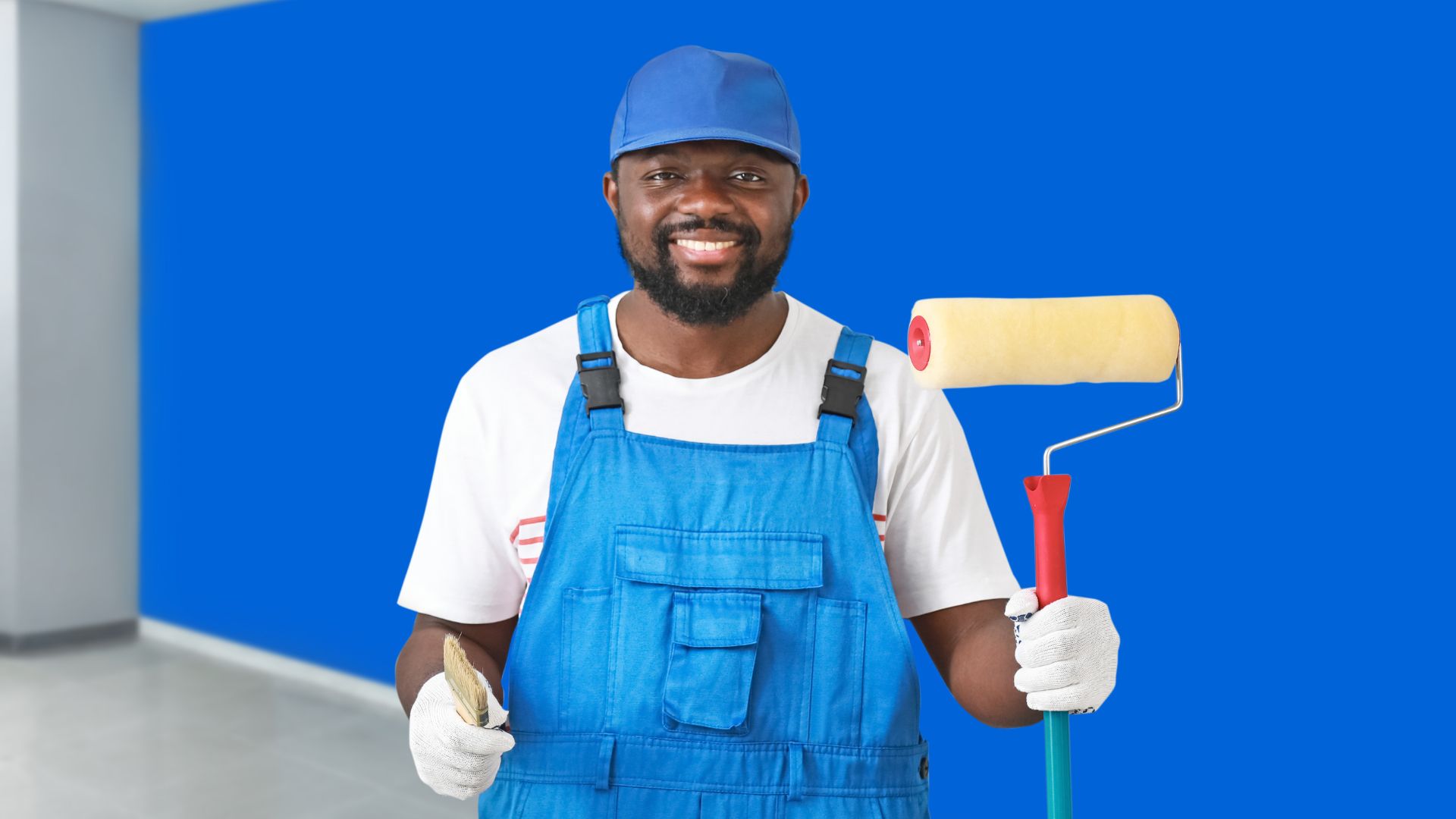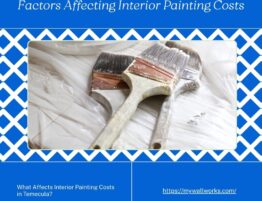
Why Opt for Painting Kitchen Cabinets?
Painting kitchen cabinets is a game-changer for rental properties. It’s cost-effective, has a significant impact on the kitchen’s appearance, and can be a selling point for potential tenants. But why should you consider it? Let’s break it down:
- Cost Efficiency: Painting is a fraction of the cost of full cabinet replacement.
- Aesthetic Appeal: Fresh paint can transform dated cabinets into modern marvels.
- Increased Property Value: A well-maintained kitchen can boost your property’s market value.
Planning Your Project: A Step-by-Step Guide
Embarking on a kitchen cabinet painting project can seem daunting at first. However, with a bit of planning and organization, you can transform your rental property’s kitchen into a vibrant space that attracts tenants and increases your property’s value. Here’s a detailed step-by-step guide to help you plan your project effectively:
Step 1: Assess Your Cabinets
Before anything else, take a good, hard look at your cabinets. Are they structurally sound? Are there any signs of significant damage or wear that painting alone won’t fix? This initial assessment is crucial because painting over cabinets that are in disrepair can lead to wasted effort and resources. If the cabinets are outdated but solid, painting can be an excellent way to refresh them. Otherwise, consider repair or replacement options for those not up to par.
Step 2: Define Your Goals
Understanding what you want to achieve with this project is key. Are you looking to update the kitchen’s look with a modern color? Or perhaps you’re aiming for a budget-friendly refresh to boost your property’s marketability? Setting clear objectives will guide your decisions throughout the project, from color selection to choosing the right paint type.
Step 3: Set a Budget
Now, it’s time to talk numbers. Setting a budget early on helps manage your expenses and prevents cost overruns. Include everything from paint and primer to brushes, rollers, and any additional tools or materials you might need. Don’t forget to account for unexpected expenses—a little financial cushion can go a long way in keeping your project on track without stressful last-minute scrambles for funds.
Step 4: Choose the Right Time
Timing is everything, especially in rental properties. Ideally, you want to tackle this project between tenancies to avoid inconveniencing your current tenants. If that’s not possible, work out a schedule that causes the least disruption. Remember, the project’s duration will depend on the size of your kitchen and the extent of prep work required, so plan accordingly.
Step 5: Select Your Materials
With your cabinets assessed and your goals and budget set, it’s time to choose your materials. Research the best types of paint for kitchen cabinets (typically, semi-gloss or gloss finishes are preferred for their durability and ease of cleaning). Don’t skimp on quality here—the right paint can make a significant difference in the longevity and appearance of your cabinets. Also, consider whether you need to invest in new hardware to complement the updated cabinets.
Step 6: Plan Your Work
Break down the project into manageable tasks. Start with preparation, which might include cleaning, sanding, and applying primer, followed by the actual painting. If you’re doing it yourself, ensure you understand each step or consider consulting a professional for advice. Plan for drying times and any unexpected delays.
Step 7: Prepare for the Unexpected
Even the best-laid plans can encounter hiccups. Whether it’s discovering damage you hadn’t noticed before or a paint color that doesn’t look as you expected once applied, be prepared to adapt. Keep a flexible mindset and be ready to solve problems as they arise.
Selecting the Right Paint and Tools

The right materials can make or break your project. Here’s what you need:
- High-Quality Paint: Opt for semi-gloss or gloss finishes for durability and easy cleaning.
- Primer: Essential for ensuring paint adherence and longevity.
- Tools: Brushes, rollers, and sanding equipment are must-haves.
The Painting Process: A Detailed Walkthrough
The painting process for kitchen cabinets involves a series of well-defined steps, each crucial to achieving a professional-looking finish that not only revitalizes your kitchen but also withstands the rigors of everyday use. Let’s walk through each step, ensuring clarity and success in your project:
1. Preparation is Key
- Cleaning: Begin by thoroughly cleaning your cabinets to remove grease, dust, and any residues. A clean surface ensures better paint adhesion.
- Sanding: Sand the cabinet surfaces lightly but thoroughly to create a smooth base for the primer and paint. This step is vital for removing the glossy finish on most cabinets and helping the new paint stick.
- Repairs: Address any minor repairs at this stage, such as filling in nicks or holes with wood filler and sanding them smooth once dry.
- Priming: Apply a high-quality primer designed for the cabinet material you’re working with. Primer not only improves paint adhesion but also helps achieve a more uniform color finish.
2. Applying the Paint
- Technique: Whether you’re using a brush, roller, or sprayer, the key is to apply the paint in thin, even coats. Avoid the temptation to cover everything in one go; patience is your friend here.
- Number of Coats: Depending on the paint type and the original cabinet color, you may need two or more coats to achieve full coverage. Allow the paint to dry thoroughly between coats, as recommended by the paint manufacturer.
- Attention to Detail: Be mindful of drips and runs, especially in corners and edges. Use a small brush for precision work and touch-ups.
3. Finishing Touches
- Reassembly: Once the paint is completely dry, carefully reattach the hardware, doors, and drawers. Consider replacing the hardware for an updated look if your budget allows.
- Sealing (Optional): In high-use areas, applying a sealant over the paint can provide an extra layer of protection, making the cabinets more durable and easier to clean.
Color Choices: Setting the Tone

Selecting the right color for your kitchen cabinets is not just about following trends; it’s about creating a welcoming and visually appealing space that resonates with a wide range of potential tenants. The color you choose sets the tone for the entire kitchen, which, in many cases, is the heart of the home. Neutral tones such as white, beige, light gray, and soft blues are universally appealing. These colors not only make the kitchen look clean and bright but also help in making the space appear larger and more inviting.
When choosing a color, consider the lighting in the kitchen. Natural light can significantly affect how a color looks. For instance, a shade that looks vibrant in a well-lit store may look dull in a kitchen that relies on artificial lighting. Testing paint colors directly on the cabinets (or on large boards placed in the kitchen) at different times of the day can help you see how the color changes with light variations.
Remember, the goal is to attract and retain tenants. Thus, opting for timeless over trendy can be a wise choice, ensuring your kitchen remains in vogue without needing frequent updates. However, if your property caters to a niche market or you’re aiming for a high-end look, introducing bolder colors or two-tone cabinetry could set your property apart. Just ensure that these choices align with the overall aesthetic of the home and the preferences of your target market.
Maintenance and Upkeep

After investing time and resources into painting your kitchen cabinets, ensuring they stand the test of time is crucial. Proper maintenance and care can significantly extend the life of the paint job, keeping the cabinets looking fresh and new for longer. Here are some tips for maintaining and upkeeping painted kitchen cabinets:
- Regular Cleaning: Encourage tenants to clean spills and splatters immediately. Use a soft, damp cloth for cleaning and avoid harsh chemicals or abrasive materials that can damage the paint surface.
- Protective Finishes: Applying a clear coat of sealer or topcoat can offer additional protection against wear and tear, making the cabinets easier to clean and maintain.
- Hardware and Hinges: Regularly check and tighten the hardware and hinges. Loose hardware can cause doors to hang incorrectly, leading to potential damage to the paint.
- Avoid Excessive Moisture: Kitchens are prone to humidity and moisture, which can damage paint over time. Using exhaust fans or dehumidifiers can help minimize moisture exposure.
Educating your tenants on these maintenance tips can help maintain the aesthetic appeal of the kitchen and potentially save on repair and repainting costs in the long run.
Time and Cost Management
Efficiently managing time and costs is essential for a successful cabinet painting project, especially in a rental property where downtime means lost income. Here are strategies to manage both effectively:
- Plan Ahead: Assess the scope of the project thoroughly. Understand the condition of your cabinets and what they need before starting. This foresight can prevent unexpected costs and delays.
- Set a Budget: Itemize your expenses, including paint, supplies, and labor if you’re hiring professionals. Always add a contingency buffer for unexpected costs.
- DIY vs. Professional Help: Weigh the costs and benefits of doing the project yourself versus hiring professionals. While DIY can save on labor costs, consider the value of your time and the quality of the outcome.
- Bulk Purchasing: If you’re managing multiple properties, consider purchasing materials in bulk to save money.
- Timely Execution: Schedule the project during vacancy periods or coordinate with tenants to minimize disruption. The faster the project is completed, the quicker the property can be rented out again.
By meticulously planning and adhering to a budget, you can minimize expenses and maximize the return on your investment.
The Benefits of Hiring Professionals

While the DIY approach may seem appealing, especially from a cost-saving perspective, hiring professionals comes with several key benefits:
- Quality of Work: Professional painters have the experience and skills to deliver a high-quality finish that might be challenging to achieve on your own. They understand how to prepare surfaces properly, choose the right materials, and apply paint for lasting durability.
- Time Savings: A professional team can complete the project much faster than a DIYer. This speed is crucial in minimizing rental income loss due to prolonged project timelines.
- Tools and Equipment: Professionals come equipped with all the necessary tools and equipment, saving you the cost and hassle of purchasing or renting them yourself.
- Warranty and Peace of Mind: Many professional painting services offer warranties on their work, providing peace of mind and protection against potential issues down the line.
- Value for Money: Although hiring professionals involves upfront costs, the longevity and quality of the work can translate into savings over time, with fewer needs for touch-ups or complete repaints.
In conclusion, hiring professionals can offer a hassle-free, efficient, and high-quality solution for painting kitchen cabinets in rental properties, ultimately enhancing the property’s appeal and value.
DIY Tips and Tricks
For those who prefer the DIY route, here are some lifesavers:
- Test Colors: Use samples to test paint colors on your cabinets before committing.
- Keep It Clean: Maintain a dust-free environment while painting for a smooth finish.
- Patience Pays Off: Allow ample drying time between coats to avoid smudges and streaks.
Common Mistakes to Avoid
Even the best plans can go awry. Avoid these common pitfalls:
- Skipping prep work
- Rushing the drying process
- Neglecting to remove hardware
Trends for Painting Kitchen Cabinets
Stay ahead of the curve with the latest trends in cabinet painting, from bold color choices to creative finishes.
The Impact of Cabinet Painting on Rental Value
A fresh coat of paint on kitchen cabinets can significantly impact your rental property’s appeal and value. It’s an investment that pays dividends in tenant satisfaction and market competitiveness.
Legal Considerations and Best Practices
Ensure you’re compliant with local regulations and standards when undertaking renovation projects. Safety first!
Sustainable Practices in Cabinet Painting
Eco-friendly paints and practices are not just good for the planet—they can be a selling point for environmentally conscious tenants.
Wrapping Up: The Key Takeaways
Painting kitchen cabinets is a smart, cost-effective strategy for enhancing rental properties. With the right planning, materials, and techniques, you can increase your property’s value and appeal without breaking the bank.
FAQs
- How often should I repaint kitchen cabinets in a rental property?
Typically, every 5 to 7 years, or as needed based on wear and tear.
- Can I paint laminate cabinets?
Yes, but it requires specific preparation and materials. Use a primer designed for laminate surfaces.
- How long does the painting process take?
Depending on the size of the kitchen and the number of cabinets, it can take anywhere from a few days to a week.
- Is it better to spray or roll paint on kitchen cabinets?
Spraying offers a smoother finish, but it requires more prep work and skill. Rolling is more accessible for DIYers and can still produce excellent results.
- Do painted kitchen cabinets require special care?
Yes. Use gentle cleaners and avoid abrasive scrubbing to maintain the finish.
By arming yourself with this guide, you’re well on your way to transforming your rental property’s kitchen cabinets into a feature that attracts and retains tenants. Remember, the key to success is in the details—from planning to execution to maintenance. Happy painting!

